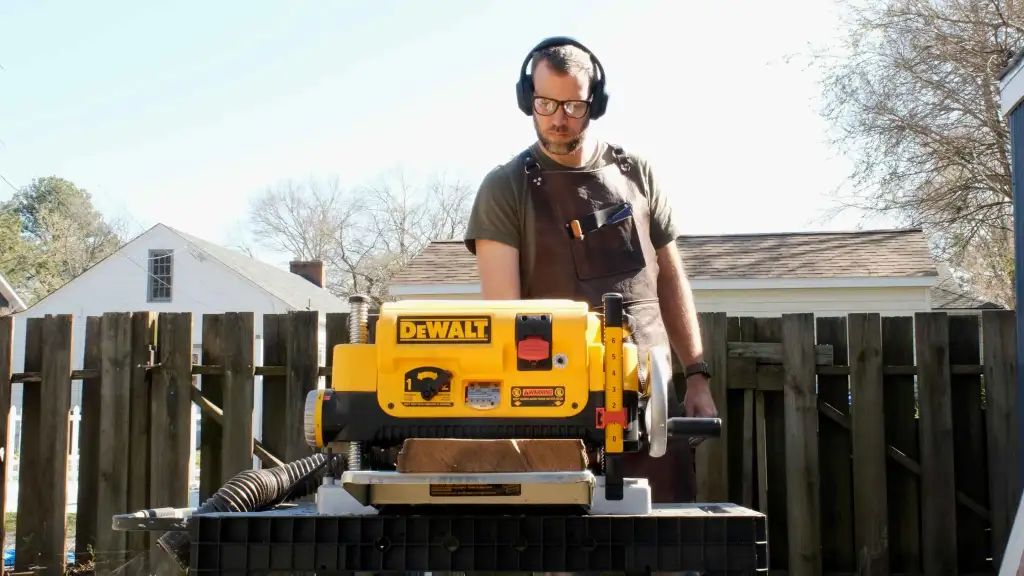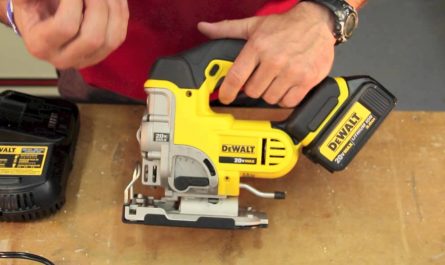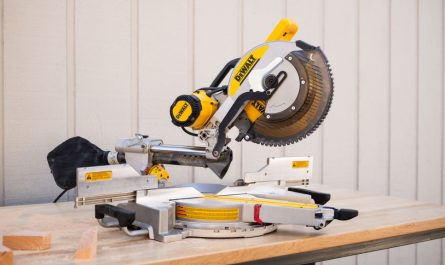In the dynamic world of woodworking, the power planer is one of the most valuable tools for shaping and refining wood. Whether you’re trimming doors, leveling rough boards, or chamfering edges, a power planer allows for quick and accurate material removal, leaving behind a smooth, even surface. As modern woodworking evolves, power planers have become an essential part of both professional workshops and DIY toolkits, balancing the beauty of traditional craftsmanship with the convenience of electric power.
This article explores the history, types, technical characteristics, and practical uses of power planers in carpentry. You’ll also find expert tips on choosing the right model, using it properly, and maintaining it to ensure consistent, high-quality results in every project.
History and Evolution of Power Planers
The hand plane has been a fundamental woodworking tool for centuries, dating back to ancient Rome. Traditionally made of wood or metal, it was used to smooth, flatten, and shape wood surfaces manually. With the rise of electric tools in the 20th century, the power planer emerged—combining the precision of the traditional hand plane with the efficiency of an electric motor.
Early models were bulky and limited in versatility, but modern power planers are compact, lightweight, and highly adaptable. Today’s tools include variable depth settings, dual-blade systems, dust collection options, and even cordless battery-powered models, making them indispensable in both on-site and workshop environments.
Types of Power Planers and Their Applications
1. Handheld Power Planer

Description and Use:
A handheld power planer is one of the most commonly used tools in carpentry due to its versatility and portability. Unlike stationary thickness planers, this type of planer is compact and lightweight, making it easy to maneuver and ideal for on-site or smaller woodworking tasks. It’s particularly useful for planing doors, trimming uneven wood surfaces, smoothing edges, and reducing the thickness of small to medium-sized boards.
Equipped with a rotating blade or cutter head, the handheld planer shaves off thin layers of wood as it’s pushed across the surface of a workpiece. Most models allow for adjustable cutting depths, giving the user control over how much material is removed with each pass. This adjustability, combined with its compact design, makes it a go-to tool for detailed work, especially in tight spaces or awkward angles where larger tools wouldn’t fit.
Carpenters and DIY enthusiasts often rely on handheld planers for tasks like adjusting sticking doors, beveling corners, or prepping wood for joinery. Though not intended for large-scale thicknessing like stationary planers, the handheld version excels in flexibility, ease of use, and quick touch-up capabilities, making it a valuable addition to any toolbox or workshop.
Technical Characteristics:
- Electric motor (typically 500W to 900W).
- Cutting depth from 0 to 4mm, adjustable via front knob.
- Planing width of around 82mm (standard).
- Dual rotating blades for smooth, fast material removal.
- Dust extraction port for cleaner operation.
- Ergonomic handle with vibration control.
Price Range:
From €70 to €300, depending on power, blade system, and additional features like soft-start and dust bags.
2. Bench or Stationary Power Planer (Thickness Planer)

Description and Use:
A thickness planer, also known simply as a planer, is a powerful stationary woodworking tool designed to create uniform thickness and a smooth finish on boards or planks. This machine is essential in workshops where consistency and precision are crucial, especially when working with rough lumber. Unlike handheld planers, which require manual operation and are more suited for small touch-ups or spot leveling, a thickness planer automatically feeds the workpiece through its cutter head. This ensures a consistent cut across the entire surface, making it ideal for producing repeatable results on multiple boards.
The thickness planer operates by drawing the wood between rollers and past a rotating cutter head equipped with sharp blades. The height of the cutter head can be adjusted to control how much material is removed during each pass. This allows woodworkers to achieve exact dimensions and a polished, even surface, which is essential for cabinetry, furniture-making, and other fine woodworking projects.
Planers are especially useful when working with rough-sawn lumber or reclaimed wood, as they can remove warps, twists, and irregularities efficiently. While they are larger and more expensive than handheld models, their precision, speed, and repeatability make them a valuable addition to any serious woodworking setup.
Technical Characteristics:
- High-powered motor (usually above 1000W).
- Adjustable cutting height and automatic feed rollers.
- Wide planing capacity (200mm or more).
- Sturdy base and feed table for stability.
- Integrated dust collection system.
Price Range:
Typically between €300 and €900, depending on capacity and build quality.
Applications of Power Planers in Carpentry
- Trimming and Fitting Doors: Quickly shave off swollen or uneven areas for a perfect fit.
- Surface Smoothing: Eliminate warps, high spots, or mill marks on raw lumber.
- Edge Chamfering: Create clean, angled edges for both structural and decorative purposes.
- Leveling Boards: Prepare rough-cut or reclaimed wood for further processing.
- Thickness Adjustment: (For bench models) Ensure all boards in a project are uniform in size.
Whether you’re doing fine cabinetry or rough framing, a power planer improves both efficiency and finish quality, helping reduce sanding time and material waste.
Using Your Power Planer Safely and Effectively:
- Set Cutting Depth Gradually: Start with a shallow pass to avoid tear-out or tool overload.
- Move Consistently: Keep the planer flat and move at a steady pace for even results.
- Watch Grain Direction: Always plane in the direction of the wood grain to avoid splintering.
- Secure Your Workpiece: Clamp down boards to prevent shifting during planing.
- Use Both Hands: Maintain balance and pressure evenly across the surface.
Maintenance Tips:
- Clean After Use: Remove wood chips and dust to prevent clogging.
- Sharpen or Replace Blades: Dull blades cause tear-out and uneven finishes.
- Check Drive Belts and Rollers: On larger models, ensure smooth operation.
- Lubricate Moving Parts: Prevent wear and keep components running smoothly.
- Inspect Cords and Batteries: For corded models, avoid fraying. For cordless ones, charge and store batteries properly.
Proper care not only extends the life of your planer but also guarantees consistent, high-quality results.
Conclusion
The power planer is a powerful, efficient tool that brings speed and precision to modern woodworking. It turns rough lumber into smooth, usable material and enables detailed adjustments that would take much longer with manual tools. Whether you’re refining edges, leveling doors, or preparing wood for furniture-making, a quality power planer is an investment that pays off with every flawless surface and perfectly trimmed piece.
By understanding its features, knowing when and how to use it, and taking the time to maintain it, you ensure that your planer continues to deliver professional results for years to come.



